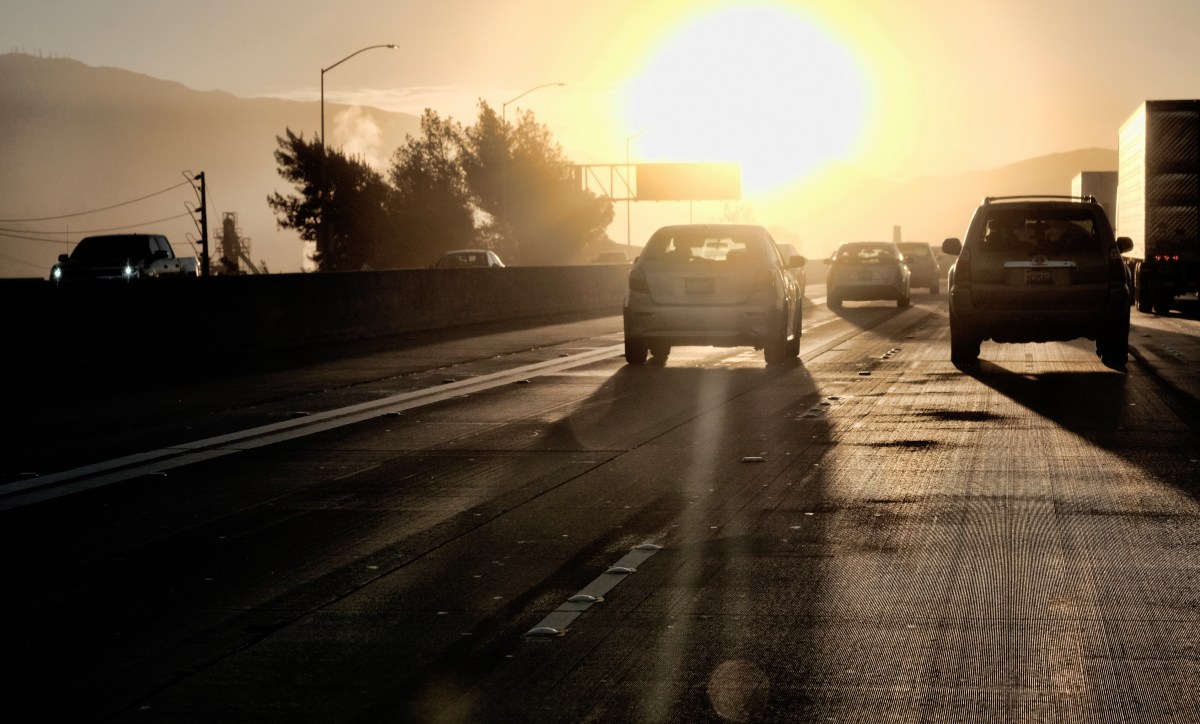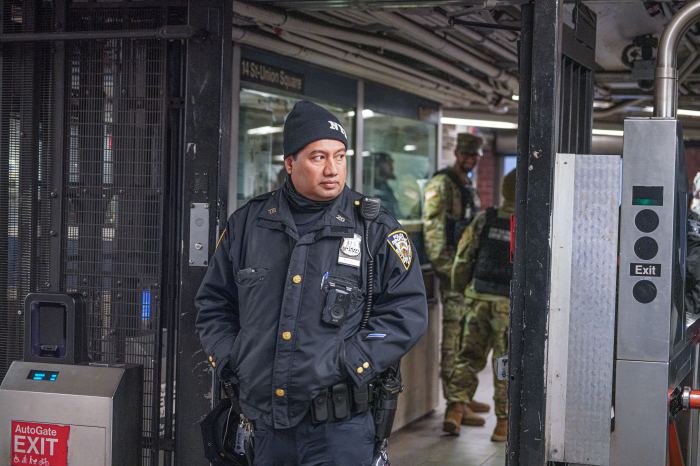At 2 a.m. on Sunday, clocks will be set back an hour — and while an extra hour of sleep sounds great, it means the dark days of winter are near.
Every year, Americans wonder why they are forced to go through the rigamarole of “falling back” and “springing forward” for Daylight Saving Time — and the media (including this newspaper) always questions the practice.
Leaving work when it’s dark outside is jarring and studies have shown that during the week following the shift, many people wake up earlier, have more trouble falling asleep, and are more likely to wake up during the night. Plus, those of us sensitive to the lack of light can experience depressive episodes, according to another study.
So, here we are again: For the hundredth time, can’t New York just do away with it like Hawaii and Arizona have?
The U.S. introduced the practice in the 1960s as a way to conserve energy, Arizona’s officials opted out because having an earlier sunset meant more time for cooler temperatures before bed. Hawaii didn’t see a big difference in daylight between winter and summer months, so they decided not to take part either. Both of them keep the same time all year round.
New York State has been toying with the idea, but it seems any decision is a ways down the road.
In 2017, State Assemblyman Angelo Morinello introduced a bill that would eliminate Daylight Saving Time, saying that “Americans lose approximately 40 minutes of sleep on the night after the shift, which results in loss of productivity that can cost the economy anywhere up to $434 million a year.” In addition, it can can cause “a significant effect on patients, who take scheduled medicines.”
Since its introduction, the bill has been referred to the Governmental Operations Committee and has not been voted on. However, a bill to create a task force on Daylight Saving Time to study the effects of New York State opting out of it has been introduced and was referred to the Senate Finance Committee in February.
Assemblyman Morinello’s office did not respond to a request for comment.
While that unfolds, Mayor Bill de Blasio has taken measures to at least lessen the amount of accidents that happen in New York City in the fall and winter with the “Dusk and Darkness” safety campaign.
As part of the Vision Zero initiative, the program increases evening and nighttime enforcement resources on violations — like speeding, failure-to-yield to pedestrians and drunk driving — with a higher number of officers on the streets and a “Day of Awareness” about the dangers that come to the streets when Daylight Saving Time ends.
Serious collisions increase by about 40 percent in darker early evenings, according to Department of Transportation data from 2010-2014.
In the five years before the Dusk and Darkness campaign began, the city averaged 63.4 traffic deaths between Nov. 1 and March 15, many of them in the evening hours, according to the mayor’s office. In the first year of the program, that number declined from 67 to 51, and in the second year, it declined to 44.
This year was different, however. In the past year, pedestrian fatalities during the same period rose to 59 and more than 20 percent of this year’s cyclist deaths have happened after sundown, the city says.
“As a cycling commuter, I can attest there is no better time of year to travel by bike than in the fall,” said DOT Commissioner Polly Trottenberg in a statement. “However, after clocks fall back, the evening hours become especially dangerous for both pedestrians and cyclists. People on bikes should of course prepare for the seasonal changes in their evening commute, but this year’s Dusk and Darkness campaign is expanding our messaging to remind drivers about both pedestrians and cyclists – who are also on our roads year-round.”
So while we wait for state lawmakers to make a move, just don’t forget to set your clock back.

































